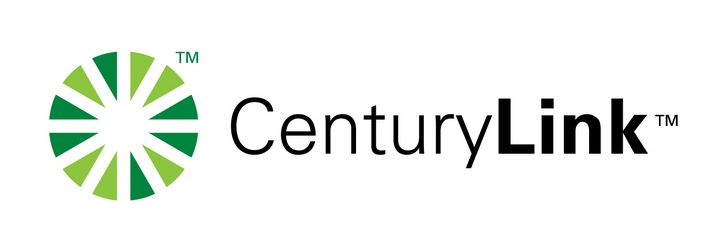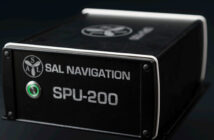 Like most areas of IT infrastructure today, disaster recovery is undergoing constant change and evolution. The principal agents for change in disaster recovery technology are virtualisation and the cloud. The influence of these two powerful technologies have helped to deliver a new generation of disaster recovery built on three core pillars.
Like most areas of IT infrastructure today, disaster recovery is undergoing constant change and evolution. The principal agents for change in disaster recovery technology are virtualisation and the cloud. The influence of these two powerful technologies have helped to deliver a new generation of disaster recovery built on three core pillars.
Stuart Mills, regional director, ANZ, CenturyLink, said, “ “The growth in disaster recovery is driven by the reliance on ever-larger volumes of data, coupled with the mounting risk of losing the ability to maintain the full range of business operations if that data is no longer accessible. For this reason, it is important for businesses to understand the technology supporting effective disaster recovery and know how to use it well.”
The three pillars today’s disaster recovery technology is built on are:
1. Disaster recovery-as-a-service
Disaster recovery-as-a-service, or DRaaS uses computing and storage resources based in the cloud. This lets companies draw on the power of the cloud to back up data, run applications, test and simulate disaster events, and manage service migration. All of this helps to deliver a superior disaster recovery service with economic advantages over dedicated disaster recovery platforms.
2. Networking
Like any cloud-based service, DRaaS needs network connectivity to operate. If DRaaS is being used in combination with a virtualised IT environment, for example, a network link is needed to transfer data between to the cloud servers where the disaster recovery service is hosted. A network link, such as a public internet connection or a dedicated DRaaS link, is also necessary for testing, migrating virtual machines, and doing failback after a disaster event is resolved.
3. Managed hosting
A well-managed hosting facility is a reliable and dependable way to get the most out of DRaaS. One of the advantages of managed hosting is that businesses can outsource the management tasks for hardware, operating systems, and software. With DRaaS being used in conjunction with managed hosting, the production compute resources, applications, and data can reside in the same facility as the DRaaS. This arrangement means that the link between production resources can be a low cost and fast local area network (LAN) connection.





